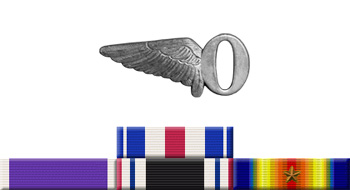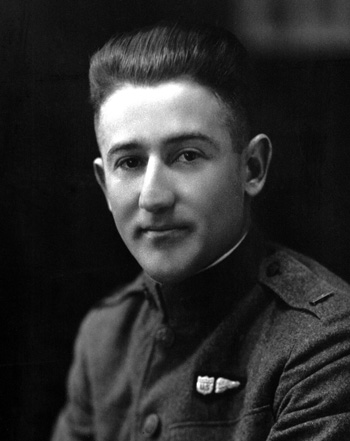
|
Samuel R. Keesler, Jr. |
 |
|||
| Rank, Service | ||||
2nd Lieutenant O-1, U.S. Army Air Service |
||||
| Veteran of: | ||||
|
||||
| Tribute: | ||||
Samuel Keesler was born on April 11, 1896, in Greenwood, Mississippi. He entered the Aviation Section of the U.S. Army Signal Corps on May 13, 1917, shortly before it became the U.S. Army Air Service. Keesler was commissioned a 2Lt on August 15, 1917, and was trained as an aerial observer at Fort Sill, Oklahoma, before sailing to France in March 1918. After receiving additional training as an aerial gunner and artillery fire controller, Lt Keesler was assigned to the 24th Aero Squadron in the Verdun sector of the Western Front in August 1918. While performing a reconnaissance mission behind German lines on October 8, 1918, Lt Keesler and his pilot, 1Lt Harold Riley, were forced down and crashed. Keesler managed to shoot down one of his attackers even though he was wounded 6 times in the battle. After their crash landing, they were both taken as Prisoners of War, but Lt Keesler died of his wounds the next day, October 9, 1918. Keesler AFB in Biloxi, Mississippi, is named in his honor. |
||||
|
||||

